
Natural Glass Gemstones: Nneɛma, Nkyerɛase, Botae & Nea Ɛkeka Ho
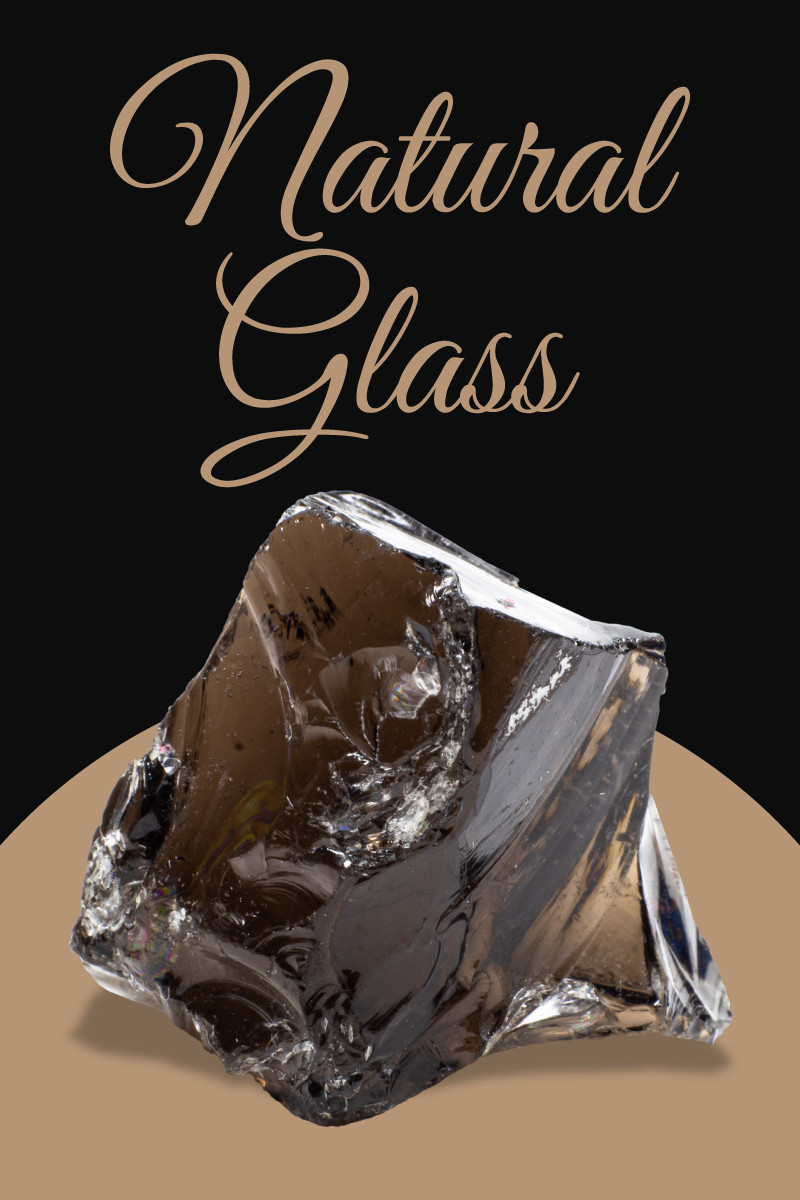 Abɔde mu ahwehwɛ aboɔden abo betumi ayɛ wɔ Asase so anaa ahunmu. Saa aboɔden abo ahorow yi ba bere a nneɛma te sɛ abotan anaa anhwea yɛ hyew kɛse na afei ɛyɛ nwini ntɛmntɛm, ntɛmntɛm araa ma ɛnyɛ ahwehwɛ no.
Abɔde mu ahwehwɛ aboɔden abo betumi ayɛ wɔ Asase so anaa ahunmu. Saa aboɔden abo ahorow yi ba bere a nneɛma te sɛ abotan anaa anhwea yɛ hyew kɛse na afei ɛyɛ nwini ntɛmntɛm, ntɛmntɛm araa ma ɛnyɛ ahwehwɛ no.
There’s no understating the importance of glass — sɛ ɛnyɛ ɛno a, anka worenkenkan asɛm yi! Nanso ebia wote “ahwehwɛ” na wususuw sɛ “onipa na ɔyɛe,” ɛnte saa? Susuw ho bio.
Abɔde — wɔ Asase so ne ahunmu nyinaa — ayɛ ahwehwɛ mfe mpempem ni, na emu pii yɛ fɛ na ɛkyerɛkyerɛ.
Saa akwankyerɛ yi ka abɔde mu ahwehwɛ aboɔden abo ahorow, ne bo, abakɔsɛm, mfaso horow, ne nea ɛkeka ho ho asɛm!

Dɛn ne Abɔde mu Ahwehwɛ Abo?
Abɔde mu ahwehwɛ ahorow pii yɛ aboɔden abo a ɛsom bo fã bi . Nanso dɛn ankasa ne ahwehwɛ?
Nyansahu mu nkyerɛase a wɔde ma wɔ ahwehwɛ ho no yɛ nea emu yɛ den, nanso wobu no sɛ ɛyɛ tebea a ebia ɛyɛ nsu anaasɛ ɛyɛ den (wɔgye ho akyinnye denneennen).
Wɔ mineralogy mu no, ahwehwɛ yɛ ade a enni nsɛ (ɛnyɛ ahwehwɛ) a wɔayɛ no pɛpɛɛpɛ na ɛyɛ random, te sɛ nsu.
Abɔde mu ahwehwɛ te sɛ Libya anhweatam so ahwehwɛ betumi de citrine asi ananmu sɛ November awobo , na moldavite wɔ anigye ma Sagittarius .
Abɔde mu Glass Specifications & Su ahorow
Abɔde mu ahwehwɛ dodow no ara yɛ silicon titiriw. Glass abo yɛ mineraloids , ɛnyɛ minerals.
So abɔde mu ahwehwɛ yɛ nea ɛda adi pefee? Ɛnyɛ bere nyinaa na ɛte saa. Pii yɛ nea ɛyɛ hann kosi nea ɛda adi, nanso afoforo betumi ayɛ nea ɛnyɛ hann anaasɛ ɛwɔ anoano a ɛyɛ hann kosi nea ɛnyɛ hann.
Wobɛyɛ dɛn ahu ahwehwɛ aboɔden abo? Glass aboɔden abo (abɔde mu ne nea nnipa ayɛ) wɔ ahurututu kurukuruwa ne swirls a ɛda nsow, ne afã horow a ɛyɛ kurukuruwa ne nkuku agyiraehyɛde sɛ ɛyɛ afã horow a.
Nanso wobɛyɛ dɛn ahu abɔde mu ahwehwɛ? Abɔde mu ahwehwɛ pii wɔ mineral a ɛka ho a ahwehwɛ a wɔayɛ no nni.
Nea ɛka ho no, ahwehwɛ aboɔden abo pii a wɔyɛ sɛ aboɔden abo a wɔde yɛ nneɛma a wɔde yɛ nneɛma a wɔde ka ho a ebetumi ama wɔn refractive indices ne densities akɔ soro asen abɔde mu ahwehwɛ.
Enti, dɛn na ɛma ahwehwɛ a wɔde nneɛma ayɛ no yɛ soronko wɔ abɔde mu ahwehwɛ ho? Ɛmfa ho sɛ ɛkame ayɛ sɛ ahwehwɛ a wɔde hwɛ ade ne nea ɛwɔ nipadua mu no yɛ pɛ no, abɔde mu ahwehwɛ fi abɔde mu na wɔyɛ ahwehwɛ a wɔayɛ ho adwuma.
Abɔde mu ahwehwɛ su ahorow a wɔabobɔ din:
Mohs denden : 5-6
Kɔla : Ɛtaa yɛ kɔkɔɔ, bruu, anaa bruu-ahabammono; Ɛkame ayɛ sɛ ebetumi ayɛ kɔla biara a egyina efĩ so
Crystal nhyehyɛe : Biara nni hɔ (amorphous) .
Luster : Ɛyɛ nea ɛyɛ vitreous
Transparency : Ɛyɛ nea ɛda adi pefee kosi nea ɛnyɛ nea ɛda adi pefee
Refractive index : 1.46-1.69 (ɛsono sɛnea ɛte biara)
Density : 2.2-3.0 (ɛsono sɛnea ɛte biara)
Cleavage : Biara nni hɔ
Akisikuru : Conchoidal
Streak : Ɛyɛ fitaa
Luminescence : Biara nni hɔ
Pleochroism : Biara nni hɔ
Birefringence : Biara nni hɔ
Apete : Biara nni hɔ
Optical nsunsuanso : Chatoyancy ne iridescence betumi aba ama obsidian
Abɔde mu Ahwehwɛ Aboɔden abo Ahorow
Yɛbɛtwe adwene asi abɔdeɛ mu ahwehwɛ a wɔtaa de di dwuma sɛ aboɔden aboɔ ho nhwɛsoɔ so wɔ aseɛ ha.
Obsidian a ɔyɛ ɔkyerɛwfo
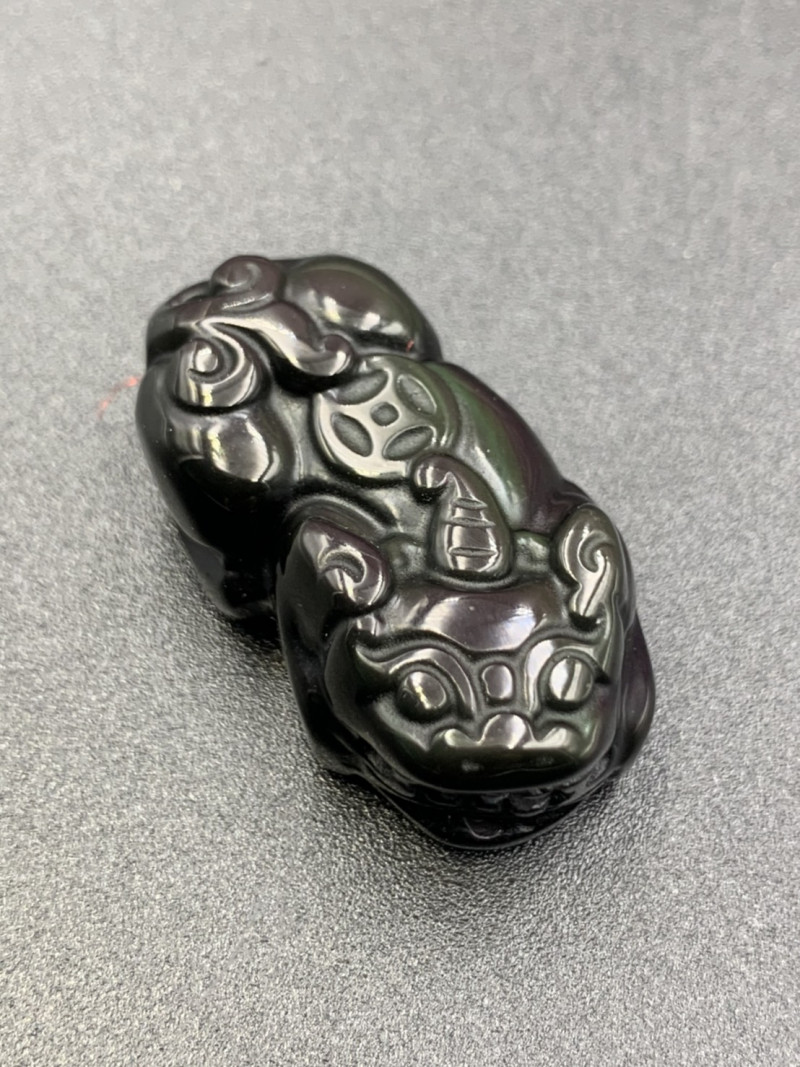 Mfonini a ɛwɔ atifi hɔ: Iridescent "nyankontɔn" obsidian
Mfonini a ɛwɔ atifi hɔ: Iridescent "nyankontɔn" obsidian
Obsidian a wɔtaa frɛ no “ogya bepɔw mu ahwehwɛ” kɛkɛ no ne abɔde mu ahwehwɛ abohene a agye din sen biara. Ɛfiri rhyolitic magma mu na ɛba. Obsidian taa yɛ nea ɛhyerɛn na ɛyɛ tuntum, na mpɛn pii no efi magnetite a wɔde aka ho mu.
Efĩ afoforo anaa nneɛma a wɔde ka ho betumi ama ayɛ soronko:
Iron Oxides : Ɛyɛ kɔkɔɔ ne bruu
Feldspars anaa Magnetite Nanoparticles : Ɛyɛ hann a ɛte sɛ nyankontɔn
Gas Bubbles a Wɔakyere : Sika kɔkɔɔ a ɛhyerɛn
Radially Clustered Cristobalite Crystals : Sukyerɛmma a ɛte sɛ nea ɛyɛ fɛ
Oriented Hedenbergite Nanorods : Nyankontɔn a ɛyɛ kɔla ahorow a ɛyɛ nsensanee
Pumice te sɛ obsidian nanso ntokuru pii a efi mframa a ɛyɛ ahurututu a akyea wɔ ogyaframa a wɔtow gu no mu wom.
Tektites a wɔyɛ
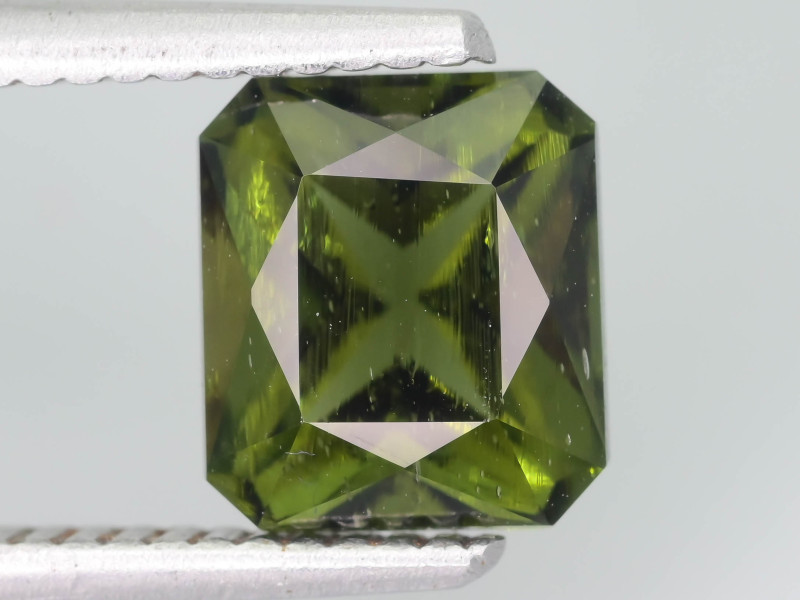 Mfonini a ɛwɔ atifi hɔ no: Moldavifo aboɔden abo
Mfonini a ɛwɔ atifi hɔ no: Moldavifo aboɔden abo
Tektites yɛ ahwehwɛ a ɛbɔ a ɛba bere a meteorite a ɛbɔ ma nneɛma no nwene ntɛmntɛm, tu kɔ wim, afei ɛyɛ nwini ntɛmntɛm kɔ ahwehwɛ mu bere a ɛsan hwe ase wɔ Asase so no.
Wɔtaa to tektite ahwehwɛ ahorow din esiane “mfuw a apete” baabi a wohu no nti, te sɛ:
Moldavite : Efi Moldau Asubɔnten a ɛwɔ Czechia
Libya Anhweatam Ahwehwɛ : Efi Libya Anhweatam so
Australite : Efi Australia
Ivorites : Efi Ivory Coast
Darwin Glass : Efi Bepɔw Darwin a ɛwɔ Tasmania so
Tektites betumi ayɛ tuntum, bruu, fitaa, fitaa, anaa ahabammono. Mpɛn pii no, wɔn nsusuwii nyɛ pɛpɛɛpɛ, ɛyɛ nwonwa anaasɛ wɔte sɛ abotan a ɛte sɛ ahwehwɛ. Dodow no ara wɔ ahurututu pii wɔ mu.
Fulguritefo a wɔka no
 Mfonini a ɛwɔ atifi hɔ no: Type I sand fulgurite | Mfonini no fi: Rama, CC-BY-SA-2.0
Mfonini a ɛwɔ atifi hɔ no: Type I sand fulgurite | Mfonini no fi: Rama, CC-BY-SA-2.0
Fulgurite, anaa “aprannaa a wɔatutu fam” yɛ silica a wɔafrafra a wɔde anhwea akata so, a anyinam a ɛbɔ mu na ɛba.
Ɛgyina nea anyinam no bɔ so no, fulgurite adesua atitiriw 4 na ɛwɔ hɔ:
Type I : Efi anhwea a ɛyɛ nsu mu; Ahwehwɛ afasu a ɛyɛ tratraa, ɛkame ayɛ sɛ ne nyinaa yɛ anhwea; ɔha biara mu nkyem 95-100 ahwehwɛ
Type II : Efi dɔte dɔte mu; Ahwehwɛ afasu a ɛyɛ den; Ɛkɔ soro kodu ɔha biara mu 90 ahwehwɛ
Type III : Efi calcic sediment mu; Dodow no ara ne semɛnte a wɔde calcium-carbonate ayɛ a wɔfrɛ no caliche; Ɛkɔ soro kodu ɔha biara mu nkyem 10 ahwehwɛ
Type IV : Efi abotan mu; Ahwehwɛ afasu a ɛyɛ den; Ɛkɔ soro kodu ɔha biara mu 90 ahwehwɛ
Ɛsono sɛnea emu biara te ne ne kɛse. Wɔtaa yɛ tuntum anaa tan, nanso efĩ betumi ama wɔanya kɔla afoforo. Fulgurite a ɛwɔ kɔla ahorow nso betumi ayɛ bere a anyinam bɔ nneɛma a nnipa ayɛ no.
Ogya Bepɔw Ahwehwɛ
Sɛ obsidian da nkyɛn a, ogya bepɔw mu ahwehwɛ ahorow afoforo a ɛda nsow ne:
Tachylite : Tuntum anaa bruu tuntum, resin a ɛhyerɛn, ɛte sɛ tar; Ɛtɔ mmere bi a, olivine anaa feldspar ahwehwɛ nketenkete na ɛwom; Sideromelane: Ɛyɛ nea ɛda adi pefee, ɛyɛ kɔkɔɔ-biribiri
Palagonite : Asɛmfua a wɔde frɛ nneɛma ahorow a efi ogya bepɔw mu ahwehwɛ a ɛsakra mu, nsu ne basalt a ɛyɛ hyew anaasɛ basaltic ahwehwɛ a ɛsakra wim tebea; Mpɛn pii no, ɛyɛ kɔkɔɔ-akutu kosi bruu; Gel-palagonite: Enni kɔla, ɛyɛ mmerɛw, ɛyɛ torotoro; Fibro-palagonite - Ɛyɛ hann, ɛyɛ nhama anaasɛ ɛyɛ granular, ɛyɛ birefringent
Macusanite : Mpɛn pii no ɛyɛ kɔkɔɔ-ahabammono, ɛyɛ mmerɛw, na ɛte sɛ abotan a andalusite ne sillimanite phenocrysts wom; Nhwɛsode a edi kan koraa a efi Macusani asubɔnten, Peru
Pele Nwi : Sika kɔkɔɔ-kɔkɔɔ, ɛte sɛ sare anaa nhwi; Ɛba bere a ogyaframa a ayɛ nwini trɛw kɔ nhama a ɛyɛ tratraa mu, na mpɛn pii no mframa de kɔ no
Pele Nusu : Nsu tuntum a ɛte sɛ nusu a ɛyɛ jet, a mpɛn pii no ɛwɔ Pele Nwi no awiei (mfonini a ɛwɔ ase hɔ no)
Limu o Pele (Pele Po mu Nnuadewa) : Ɛyɛ bruu-ahabammono kosi sɛ ɛkame ayɛ sɛ enni kɔla, a abubu ne nkratafa a ɛyɛ tratraa a ɛte sɛ ɛpo mu nnua
Wɔde Pele, Hawaiifo ogya mmepɔw nyamewa no din ato abiɛsa a etwa to no.
 Mfonini a ɛwɔ atifi hɔ: Pele Nusu | Mfonini no fi: James St. John, Flickr , CC-BY-SA-2.0
Mfonini a ɛwɔ atifi hɔ: Pele Nusu | Mfonini no fi: James St. John, Flickr , CC-BY-SA-2.0
Abɔde mu Ahwehwɛ Abakɔsɛm
Ɛwom sɛ nnipa fii ase yɛɛ ahwehwɛ bɛyɛ mfe 4,000 a atwam ni de, nanso abɔde mu ahwehwɛ a wɔde di dwuma no fi tete. Nkurɔfo yɛɛ obsidian nnwinnade wɔ Abo Mmere no mu. Ahwehwɛ a edi kan a wonim fi bɛyɛ afe 4,000 A.Y.B., no yɛ obsidian a wɔayɛ no fɛfɛɛfɛ!
Nanso na ahwehwɛ a ɛwɔ abɔde mu no wɔ hɔ bere tenten ansa na nnipa reba. Tektites kuw a akyɛ sen biara a wonim no fi bere a dinosaur ahorow a ɛnyɛ nnomaa ase tɔree no, na ɛbɛyɛ sɛ ɛnam meteorite a ɛbaa saa asetɔre no akyi no so na ɛbae.
Wɔkyerɛ sɛ tektite nnwinnade a edi kan no yɛ 4,000-6,000 ansa na wɔrewo Kristo. Wɔde tektites nso dii dwuma maa anigyeɛ bɛyɛ afe 500 A.Y.B. Tektites a wɔkyerɛwee a edi kan a wɔkyerɛwee wɔ afe 950 Y.B.
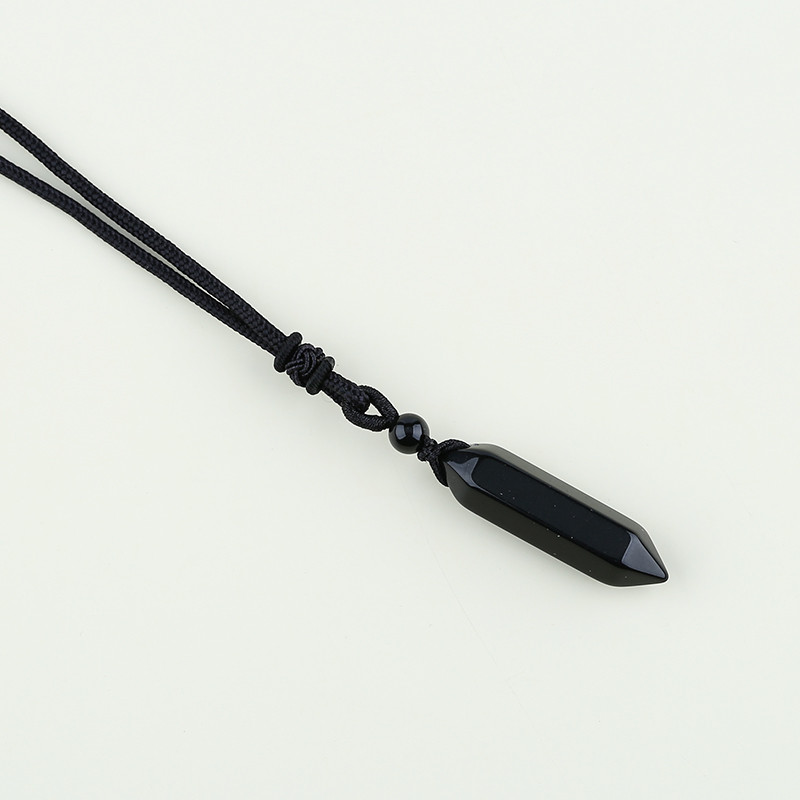 Mfonini a ɛwɔ atifi hɔ no: Obsidian pendant
Mfonini a ɛwɔ atifi hɔ no: Obsidian pendant
Abɔde mu Glass Ayaresa Nneɛma
Wobetumi de abɔde mu ahwehwɛ aboɔden abo adi dwuma sɛ abo a ano yɛ den a wɔde sa yare . Ɛnam kɔla ahorow a wɔahyehyɛ so no, ahwehwɛ aboɔden abo betumi ayɛ chakra abo a wɔde bue chakra biara.
Wɔtaa de ahwehwɛ aboɔden abo a ɛyɛ tumm te sɛ obsidian anaa Pele nusu di dwuma de hu nneɛma a ɛda adi pefee ne nkɔmhyɛ. Wɔkyerɛ sɛ Fulguritefo mfiase a ɛyɛ anyinam no ma honhom no nya ahoɔden na ɛma mogya no di akɔneaba.
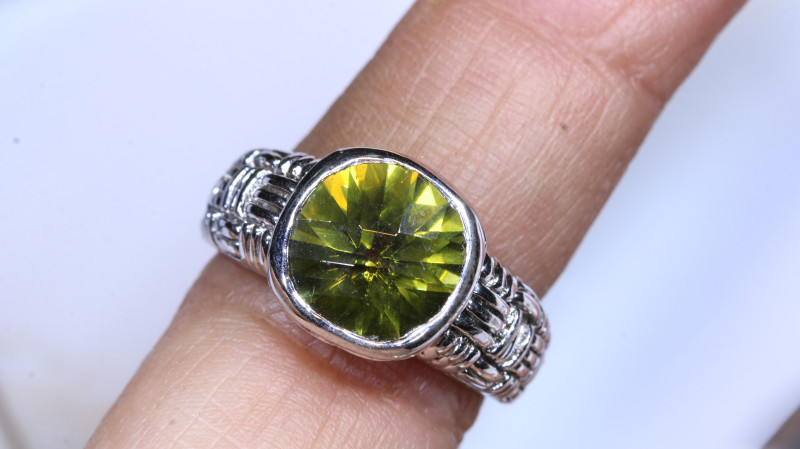 Mfonini a ɛwɔ atifi hɔ no: Moldavite ring
Mfonini a ɛwɔ atifi hɔ no: Moldavite ring
Abɔde mu Glass Aboɔden abo Nneɛma
Wɔmfa abɔdeɛ mu ahwehwɛ aboɔden aboɔ nhyɛ mu te sɛ aboɔden aboɔ foforɔ, nanso yɛbɛtwe adwene asi nkyerɛwdeɛ su a ɛbɛtumi anya ne boɔ so nkɛntɛnsoɔ.
Kɔla : Obsidians, tektites, ne Libya anhweatam so ahwehwɛ a kɔla ahorow a wɔntaa nhu no som bo kɛse. Iridescence nso betumi de mfaso aka ho.
Twitwa : Mpɛn pii no, ntwitwiridii a ɛyɛ fɛ a ɛwɔ afã horow no som bo kɛse, gye chatoyant obsidian a ɛsɛ sɛ wotwa sɛ cabochons .
Transparency : Transparency a ɛkorɔn kyerɛ sɛ ɛsom bo a ɛkorɔn wɔ abɔde mu ahwehwɛ nyinaa mu.
Size : Size taa yɛ nea edi kan wɔ tektite bo ho, a akɛse a ɛhyɛ sɛ wɔmfa nneɛma bo nkɔ soro. Ne kɛse ho hia kakra ma fulgurite bo.
Rarity : Abɔde mu ahwehwɛ a ɛntaa nsi te sɛ tektites som bo sen nea abu so te sɛ obsidian.
Abɔdeɛ mu Glass Formation & Fibea
Abɔde mu ahwehwɛ betumi ayɛ wɔ akwan kakraa bi so:
Ogya Bepɔw Dwumadi : Magma anaa ɔbotan no dwo ntɛmntɛm ma ɛbɛyɛ ahwehwɛ (Ogya bepɔw mu ahwehwɛ, obsidian) .
Meteorite Nkɛntɛnso : Meteorite bɔ Asase, na ɛma nneɛma no nwene ntɛmntɛm, tu kɔ wim, afei ɛyɛ nwini ntɛmntɛm kɔ ahwehwɛ mu bere a ɛsan hwe ase wɔ Asase so (Tektites) .
Wim Tebea Nsɛm a Esisi s: Aprannaa bɔ anhwea anaa ɔbotan, na ɛwosow na ɛka silica no bom ma ɛyɛ ahwehwɛ (Fulgurites) .
Wobu abo bi te sɛ obsidian sɛ abɔde mu ahwehwɛ abotan a ɛyɛ hyew .
Mmoa binom te sɛ Hexactinellid sponge, anaa “glass sponge” wɔ ntini a ɛnyɛ nsɛ, a egyina silica so (spicules). Nyansahufo binom frɛ no nnompe a wɔde ahwehwɛ ayɛ — a ɛkɔ so tra hɔ bere a sponge no awu akyi (te sɛ akorade) — nanso afoforo ka sɛ ɛte sɛ ahwehwɛ nkutoo.
Nyansahufoɔ huu ahwehwɛ foforɔ a ɛwɔ abɔdeɛ mu wɔ afe 2015 mu: “bioglass” a ɛbɔ ho ban a ɛpo mu abɔdeɛ nketewa tardigrades (a wɔfrɛ no nsuo mu asono) yɛeɛ berɛ a wɔn nsuo atɔ wɔn. Ahwehwɛ no kura wɔn mu kosi sɛ wɔn nkwammoaa no bɛsan anya nsu.
Mmeae a Wɔtu Tuo
Ɛhe na wohu abɔde mu ahwehwɛ? Wohu abɔde mu ahwehwɛ wɔ wiase nyinaa, na ahorow bi wɔ hɔ a ɛfa mmeae pɔtee bi a ɛwɔ asase ho.
Wohu ogya bepɔw mu ahwehwɛ ahorow te sɛ obsidian wɔ mmeae a ogya bepɔw wɔ, na nneɛma pii wɔ wiase nyinaa. Wohu Pele Nwi ne Pele Nusu nso wɔ mmeae a ogya bepɔw wɔ, titiriw wɔ Nicaragua, Italy, Ethiopia, ne Iceland.
Sɛ wopɛ tektite mmeae a, hwɛ yɛn Tektite Info Guide .
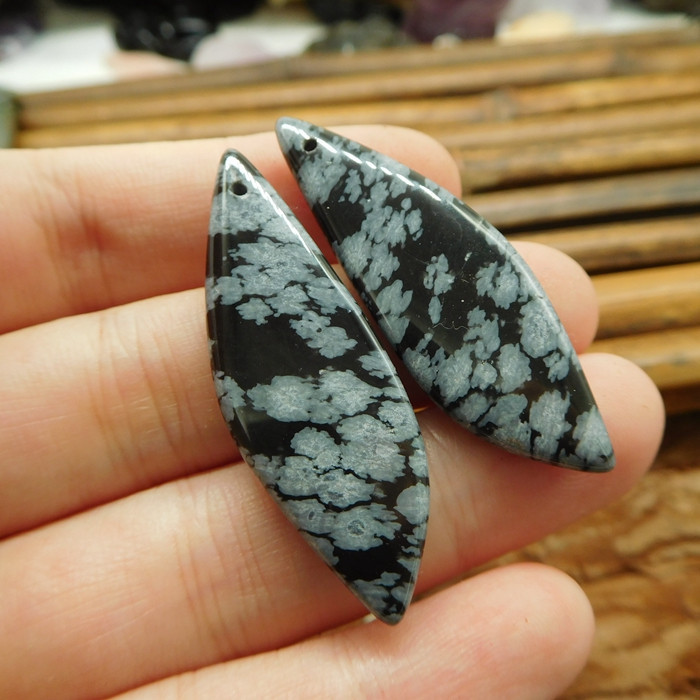
Mfonini a ɛwɔ atifi hɔ no: Snowflake obsidian asomuade
Abɔde mu Glass Bo & Bo
Abɔde mu ahwehwɛ abo bo gu ahorow wɔ abo ankorankoro biara mu, ɛwom sɛ ne bo yɛ den sen ahwehwɛ aboɔden abo a wɔayɛ de.
Obsidian ne nea ne bo yɛ den sen biara, na mpɛn pii no ne bo yɛ $2-$5 wɔ pound biara ho.
Wubetumi ahu tektites ahorow bo ahorow wɔ info akwankyerɛ a wɔde link wɔ atifi hɔ no mu. Mpɛn pii no, Ivorites ne Uruguaites na wɔn bo yɛ den sen biara, bere a Zhamanshinites ne Philippinites taa yɛ nea ne bo yɛ den sen biara.
Fulgurite ahorow no trɛw, efi bɛyɛ dɔla 5 kosi nea ɛboro dɔla 5,000.
Abɔde mu Ahwehwɛ a Wɔhwɛ So ne Ne Siesie
Nea etwa to ne aboɔden abo a wɔhwɛ so . Abɔde mu ahwehwɛ dodow no ara yɛ nea asiane biara nni ho sɛ wobɛka, nanso bere nyinaa hyɛ nsateaa bere a woredi Pele Nwi ho dwuma no!
Esiane sɛ ɛyɛ den wɔ mfinimfini nti, yɛkamfo nhyehyɛe ahorow a ɛbɔ ho ban kyerɛ wɔ abɔde mu ahwehwɛ aboɔden abo agude so, titiriw nkaa. Fa samina a ano nyɛ den, nsu a ɛyɛ hyew, ne brɔs a ɛyɛ mmerɛw tew abo no ho.
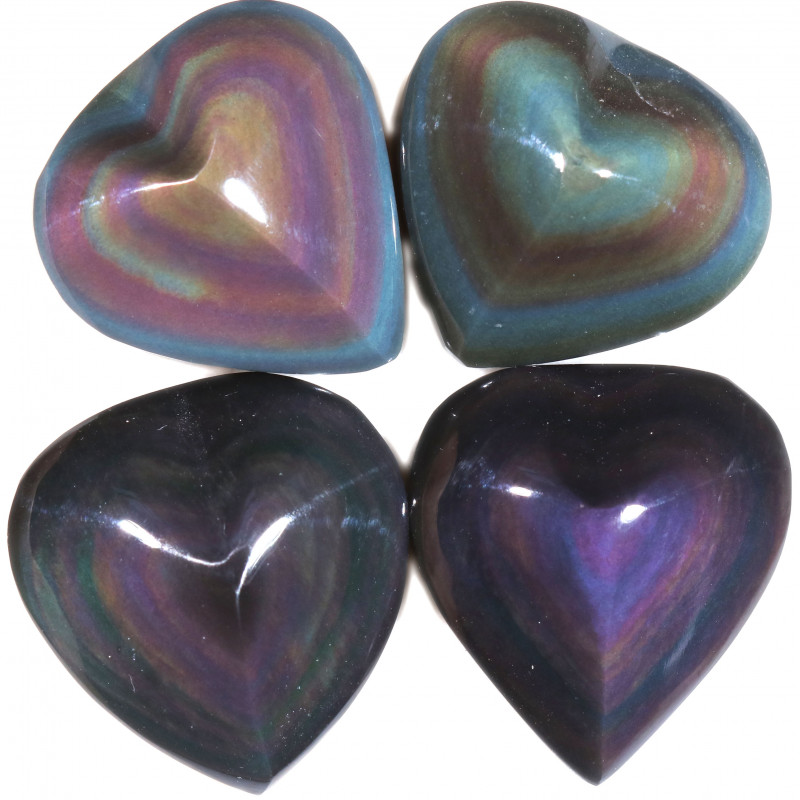 Mfonini a ɛwɔ atifi hɔ no: Rainbow obsidian
Mfonini a ɛwɔ atifi hɔ no: Rainbow obsidian
Bue Hokwan Mfɛnsere ne Abɔde mu Ahwehwɛ Aboɔden abo!
Sɛ w’ani gye aboɔden aboɔ ho esiane wɔn abɔdeɛ mu ahoɔfɛ nti a, abɔdeɛ mu ahwehwɛ aboɔden aboɔ yɛ ɔkwan pa a wobɛfa so atrɛ w’adwene mu akɔ deɛ Asase ne amansan no bɛtumi de ama. Wowɔ nsusuwii ne kɔla soronko pii a wubetumi apaw bi, enti dɛn na woretwɛn?
Kɔtɔ abɔde mu ahwehwɛ aboɔden abo te sɛ obsidian anaa tektites te sɛ Darwin ahwehwɛ , moldavite , ne nea ɛkeka ho nnɛ!
搜尋Gemstone Encyclopedia
相關拍賣
相關文章
Quartz ne chalcedony aboɔden abo a ɛwɔ kɔla ne nsusuwso ahorow du du pii wɔ hɔ. Sua quartz su ne quartz ahorow biara ho ade nyinaa, efi amethyst ne agate so kosi plasma ne phantom quartz so!
15th Oct 2020
Momma yɛnkyerɛkyerɛ sɛnea wɔtɔ aboɔden abo wɔ intanɛt so. Yɛwɔ aboɔden aboɔ a ɛso sen biara wɔ intanɛt so na ɛbɛtumi ayɛ den kakra wɔ mfitiaseɛ no. Ma yɛmfa afotu bi a mfaso wɔ so mmoa wo.
3rd Oct 2018
W’aboɔden abo a wobɛhwɛ so no boa ma ɛyɛ fɛ wɔ wo nkwa nna nyinaa mu. Yɛbɛka nneɛma te sɛ denden ne ayaresa ho asɛm, ne anammɔn a ɛfa sɛnea wobɛhohoro wo aboɔden abo na wode asie dwoodwoo ho.
9th May 2018
最新的文章
Hu akokɔ mogya bo, aboɔden abo a wɔntaa nhu na ɛyɛ hyew a wɔsom bo esiane ne nsusuwii kɔkɔɔ a ɛyɛ nwonwa ne amammerɛ mu ntease nti no abakɔsɛm, nneɛma, bo a ɛsom, ne ɔhwɛ ho nyansahyɛ ahorow.
8th Dec 2025
Gaylussite yɛ aboɔden abo a wɔntaa nhu a wɔde di dwuma kɛse wɔ mfiridwuma mu, efisɛ ɛyɛ mununkum esiane nsu a ɛho nhia ntɛmntɛm nti. Hwehwɛ abakɔsɛm, ne su, sɛnea wɔde di dwuma, ne ne su ahorow a ɛwɔ gaylussite mu wɔ akwankyerɛ a edi mũ yi mu.
7th Dec 2025
Chiolite yɛ aboɔden abo a ɛntaa nsi, a enni kɔla kosi fitaa a ɛne cryolite wɔ abusuabɔ. Aboɔden abo ho yɛ na koraa, efi awarefo bi nkutoo mu. Hu sɛnea wɔde chiolite di dwuma, abakɔsɛm, ne bo, ne ne su ahorow wɔ ha.
5th Dec 2025
文章類別
How To's is where you will find helpful articles from gem Rock Auctions on how to cut gemstones, select gemstones and buy gemstones.
9文章




